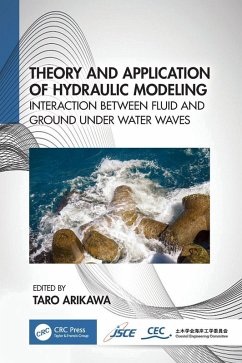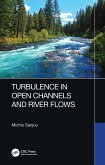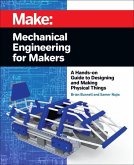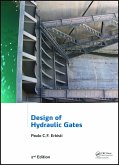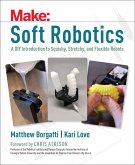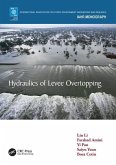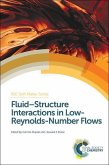This edited volume from Japan's Research Subcommittee on Methodology for Dealing with Geomaterials in Hydraulic Model Experiments presents readers with a state-of-the-art overview of experimental and computational methods used to address similarity scaling incompatibilities present in fluid-sediment flows.
Readers will gain an understanding of complex phenomena in the boundary fields of hydraulics and geotechnical engineering. Chapter contributors focus on the phenomena that are affected by the interactions between fluid wave and ground in a complex field, which for many years have been challenging to process and model. In addition to describing the implementation of model tests and the concept of the law of similarity, this book contrasts these phenomena with the laws of similarity, describes models and numeral analysis methods, and explains important considerations using experimental case studies. Each chapter is written by leading researchers in Japan who are members of the Research Subcommittee on Methodology for Dealing with Geomaterials in Hydraulic Model Experiments. The chapters are closely linked but are written so that each can be read individually. Readers will be able to apply this knowledge to their work and to create models that more accurately simulate the interactions between wave and ground, allowing them to better understand these phenomena and devise more appropriate strategies for defense and so on when necessary.
This collection provides information that can be used by young researchers and post-graduate students in the boundary fields of hydraulics and geotechnical engineering who aim at becoming civil engineers, and it will be of particular value to practicing engineers of all experience levels who must regularly analyze complex interactions between fluids and ground.
Readers will gain an understanding of complex phenomena in the boundary fields of hydraulics and geotechnical engineering. Chapter contributors focus on the phenomena that are affected by the interactions between fluid wave and ground in a complex field, which for many years have been challenging to process and model. In addition to describing the implementation of model tests and the concept of the law of similarity, this book contrasts these phenomena with the laws of similarity, describes models and numeral analysis methods, and explains important considerations using experimental case studies. Each chapter is written by leading researchers in Japan who are members of the Research Subcommittee on Methodology for Dealing with Geomaterials in Hydraulic Model Experiments. The chapters are closely linked but are written so that each can be read individually. Readers will be able to apply this knowledge to their work and to create models that more accurately simulate the interactions between wave and ground, allowing them to better understand these phenomena and devise more appropriate strategies for defense and so on when necessary.
This collection provides information that can be used by young researchers and post-graduate students in the boundary fields of hydraulics and geotechnical engineering who aim at becoming civil engineers, and it will be of particular value to practicing engineers of all experience levels who must regularly analyze complex interactions between fluids and ground.

